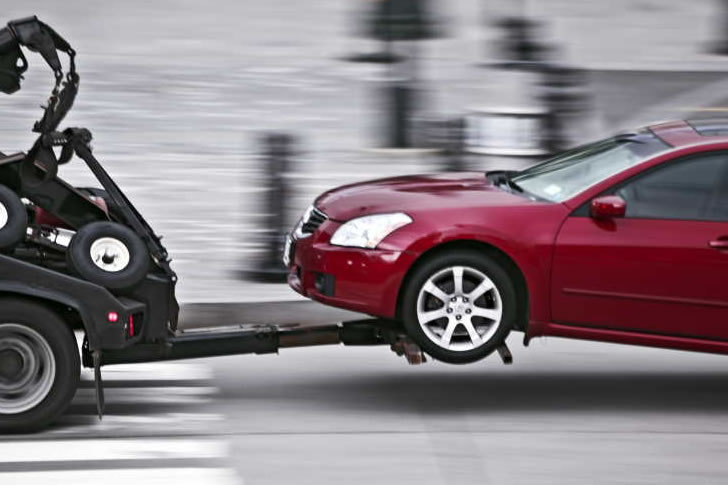Repossessed Car Buying: A Practical Guide
Repossessed cars can be a boon for budget-conscious car buyers. These are cars that have been taken back by banks or lenders from owners who defaulted on their loans. Due to the urgency to recoup losses, these vehicles often sell for less than their market value. This comprehensive guide will walk you through the process of finding and buying repossessed cars, ensuring you get the cheap car.

Understanding Repossessed Cars
Repossessed cars come from owners who were unable to keep up with their car loan payments. Once the car is repossessed, it is usually sold through auctions or directly from banks or credit unions to recover the unpaid loan amount. Because financial institutions are motivated to sell quickly to get these cars off their books, buyers can often purchase these vehicles at prices below market value.
Benefits of Buying Repossessed Cars
- Lower Costs: The primary benefit of buying a repossessed car is the price. These vehicles are typically sold for 20% to 50% less than similar models sold through traditional used car channels.
- Good Condition: Many repossessed cars are relatively new and in good condition, having been purchased not long before they were seized.
- Variety: Buyers have access to a wide range of makes and models, including newer vehicles that might otherwise be out of their price range.
How to Find Repossessed Cars
- Banks and Credit Unions: Start by checking local banks and credit unions, which may have repossessed cars they are looking to sell directly.
- Auctions: Many repossessed cars are sold at auctions. Check for public or online auctions in your area that specialize in selling repossessed vehicles.
- Online Repositories: Websites like AutoTrader, Cars.com, or Repo.com specialize in listings for repossessed vehicles.
- Government Agencies: Occasionally, government agencies will also auction repossessed cars that have been seized in raids or as part of legal actions.
Steps to Buy a Repossessed Car
- Research: Understand the market value of the car type you’re interested in to recognize a good deal when you see it.
- Inspect the Car: Always inspect the car or have it inspected by a professional mechanic. Repossessed cars are often sold as-is, and knowing the condition of the vehicle is crucial.
- Verify Legalities: Ensure the car has no outstanding taxes or legal issues. Check the vehicle history report for details like past ownership, accidents, and service history.
- Attend a Test Drive: If possible, test drive the car before buying. This can be more challenging with auction purchases, but some auctions do allow for a basic inspection and engine test.
- Prepare for Bidding: If buying at an auction, understand the terms and conditions of the auction house. Set a maximum bid for yourself based on your research and stick to it to avoid overbidding.
- Close the Deal: Once your bid is successful, complete all necessary paperwork. Ensure that you receive all legal documents, including the car’s title and bill of sale.
Risks and Considerations
While buying a repossessed car can be financially rewarding, there are risks:
- As-Is Purchase: You often buy the car in its present condition, with no opportunity for returns or complaints if issues arise later.
- Hidden Costs: Repossessed cars may come with hidden costs like past unpaid taxes or maintenance issues not immediately apparent.
- Competition: At auctions, especially, you may face competition from other buyers and dealers, which can drive up the price.
Conclusion
Buying a repossessed car offers a fantastic opportunity to own a vehicle at a significantly reduced cost. However, it requires diligent research, careful inspection, and a good understanding of auction dynamics. By following the steps outlined in this guide, you can navigate the process more confidently and increase your chances of securing a great deal on a repossessed car.







Recent Comments